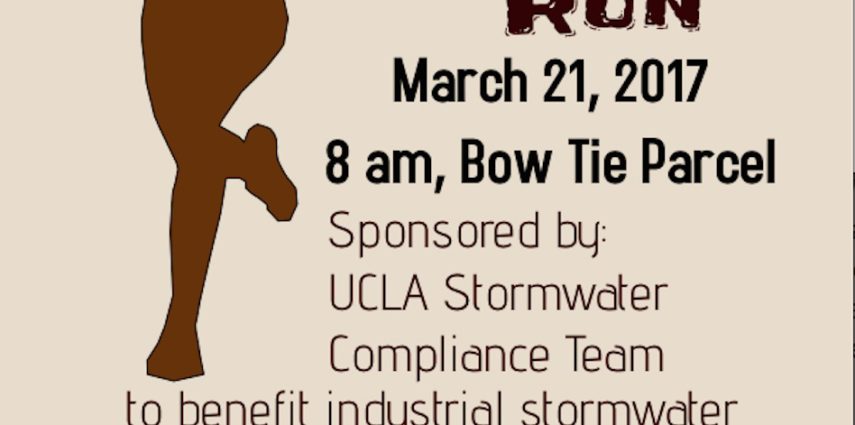Los Angeles’ Lack of Compliance and the Consequences of Industrial Stormwater
By: Kaitlyn Heck
Most images of rivers are romantic paintings of clear waters with lively beautiful aquatic life. Unfortunately, instead of the Los Angeles River being known for its beauty, it is infamous for its massive amounts of litter and lack of flood control. In addition to human trash, many disruptive pollutants enter the river like motor oil, animal waste, fertilizer, pesticides, and industry metals through stormwater.
According to the Los Angeles Environmental Report Card, Los Angeles County is already reporting 84.1% of their rivers and 90.4% of their coastline are impaired, due to stormwater pollution. Stormwater runoff is directly contaminating our waterways, mainly due to lack of enforcement of regulations on industrial disposal.
Industrial pollutants is the largest contributor to watershed impurities. While all industries’ disposals are supposed to be regulated by the MS4 Stormwater Permit under the Clean Water Act, stipulating that industries can only deposit clean, treated stormwater, to remove copper and zinc from L.A. county waters. In reality, it is calculated that metal pollution accounts for over 40% of polluted water around L.A. county (Gold).
The problem lies in the fact that illegal stormwater deposits and industrial compliance reporting is poor and barely existent, making accountability, enforcement, and clean watersheds highly impossible. Each of Los Angeles’ eighty-eight municipal cities are responsible for knowing and acquiring the reports of each industry’s compliance reports for the MS4 permit. Therefore, there should be eighty-eight annual reports to easily assess the damage and easily accessible to the public under the law, unfortunately, this does not happen.
A team of senior environmental science students at UCLA, made up of Sarah Chiang, Marina Lindsay, Gabrielle Ruxin, and Jacqueline Salem, led by their advisor Dr. Felicia Federico, learned first hand the difficulty in acquiring this data. The requests made for data was either ignored, nearly impossible to come by, or so convoluted that research became tedious work.
Not only are cities ignoring the mandatory MS4 compliance, they are also not complying with the Freedom of Information Act. When asked for possible reasons why cities would not want to share, our team cited that many cities sacrifice MS4 compliance for economics. Not only is it expensive and time-consuming to monitor individual industries, but also companies in cities that do not follow compliance laws will save money and be less likely to leave their city for another city that is more lenient on stormwater cleaning costs and permits.
The idea of economy versus environment has been overturned in the past years, as companies have learned that efficiency and compliance actually increasing their bottom line. Establishing compliance across Los Angeles County, in all eighty-eight municipalities, will prevent this problem by creating standards and universal regulations in all Los Angeles cities so that no industries can escape MS4 regulations in one the the most economical and largest counties of California.
The research team is analyzing many of our Los Angeles cities, comparing populating versus industrial land use to determine the sources of the pollutions and how to counteract the damages done by the culprits. They are also looking at the best stormwater programs within the county to display a shining example to cities without proper compliance and enforcement. However, the results of their research are still in progress due to the delays caused by lack of cities’ reluctance in sharing public information or information that could scare away economically enhancing industries.
By 2016, 44 years after the passage of the Clean Water Act, we are still struggling with high proportions of our waterways being neglected for economics. We know exactly how much of Los Angeles’ watersheds are impaired, but what is still unknown are the identity of polluters or type of pollution, due to poor city official reportings and delivery of essential data.
This is a call to action to not only demand city officials to comply with the law under the MS4 permit for stormwater, but to also become more transparent with their documentation that should be legally available to all citizens.
Works Cited:
Gold, Mark, Stephanie Pincetl, and Felicia Federico. “Surface Water Quality.”2015
Environmental Report Card for LA County (n.d.): 20. UCLA Institute of the Environment and Sustainability. Web. 5 May 2016.



